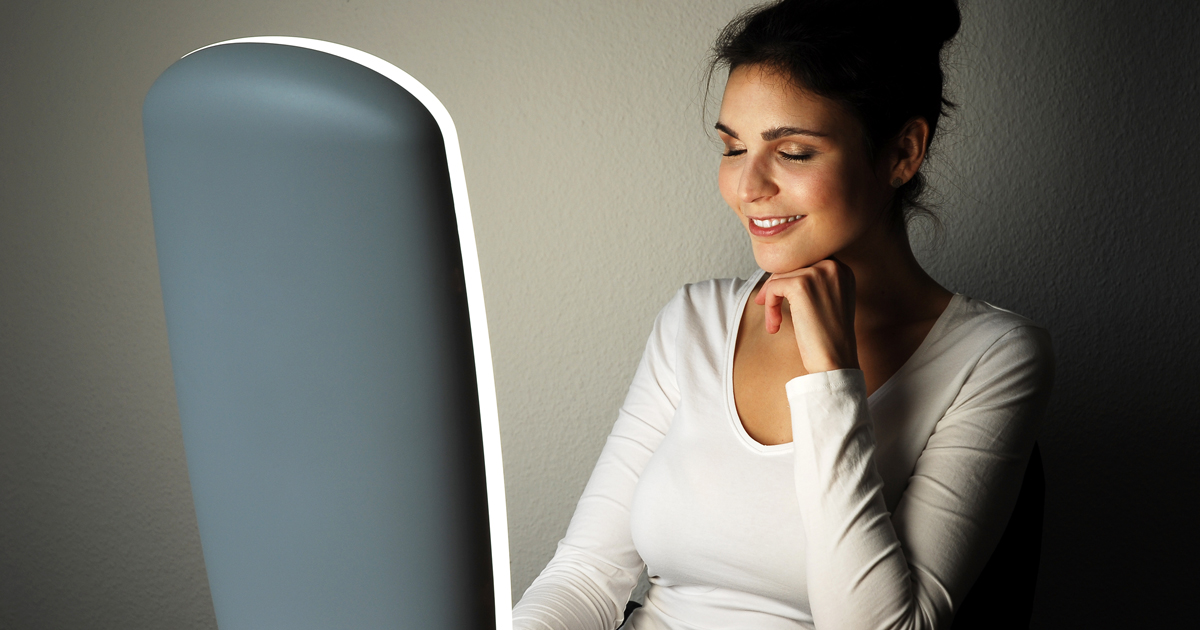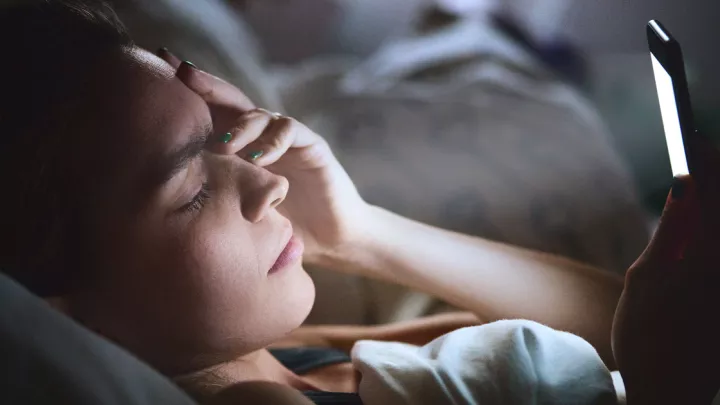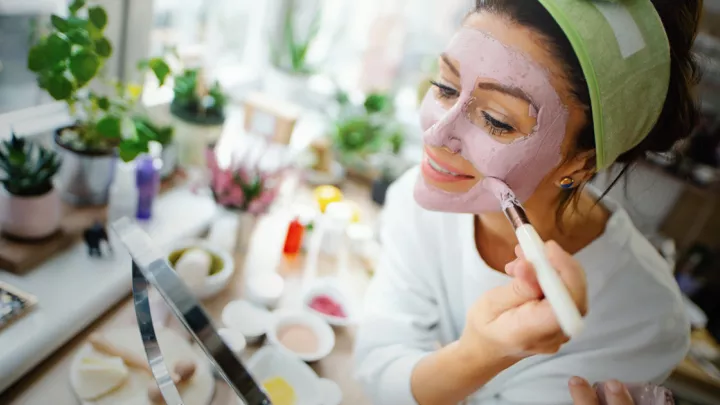Red, white and blue: How 3 kinds of light affect you

There's a reason we associate sunlight with upbeat feelings – certain kinds of light are great for your health. From your skin to your brain, different colors of light have varying effects. Find out how light therapy can change you from the outside in.
Shining a light on skin
There are a few treatments that involve light and the skin. The most medical strength versions include photodynamic therapy (PDT) and ultraviolet (UV) lightboxes.
Blue light for actinic keratosis. Photodynamic therapy treats pre-cancerous lesions on the face called actinic keratosis. Dermatologist Ronald Sulewski, MD, explains how it works, "We apply a photosensitizing topical on a patient's face for an hour or so, then the patient sits under a special blue light." PDT has some cosmetic benefits, too.
White light for common skin conditions. Too much ultraviolet light found in sunlight causes skin cancer, but in controlled settings, it can actually improve your skin. "Special UV lightboxes can treat common skin conditions like psoriasis, dermatitis and vitiligo," says Dr. Sulewski. "The treatments are usually performed for a few minutes at a time two to three times per week."
Red light for anti-aging. A few early studies show that light-emitting diode (LED) lights might help reduce wrinkles around the eyes. However, these studies are small, and the results haven't been validated in the United States yet.
How light affects your brain
Did you know your exposure to light can affect how you feel? "Our brains are very reactive to light," says psychologist Jerry Walker, PhD. "Light plays a big role in regulating our sleep-wake cycles, which affect mood."
Blue light for focus. "Certain wavelengths of light will stimulate different areas of our brain," says Dr. Walker. "Blue light, for example, actually helps to improve focus and concentration. We've set up blue-tinted lights in some of our operating rooms."
On the other hand, blue light at the wrong time can also interrupt your sleeping patterns. Find out how blue light before bedtime is a bad idea.
White light to treat mood. "Light therapy can be an effective treatment for seasonal affective disorder (SAD)," says Dr. Walker. "A lightbox provides the burst of white light, which cascades all the wake-up hormones." You'll want a lightbox that provides at least 10,000 lux, which is standard. Light might also help someone with bipolar disorder who is having a depressive episode.
If you're feeling down, it might be time to see someone. Call 800.922.0000 to make an appointment with a primary care provider, who can refer you to a specialist if needed.







